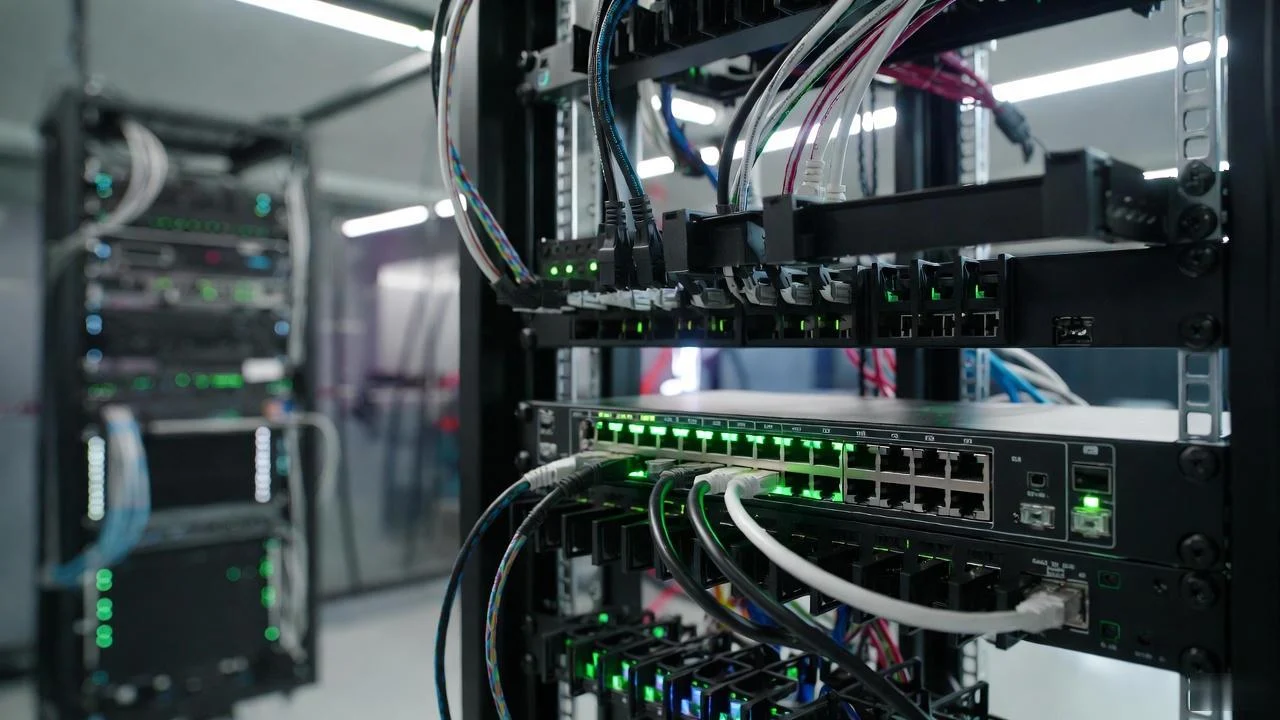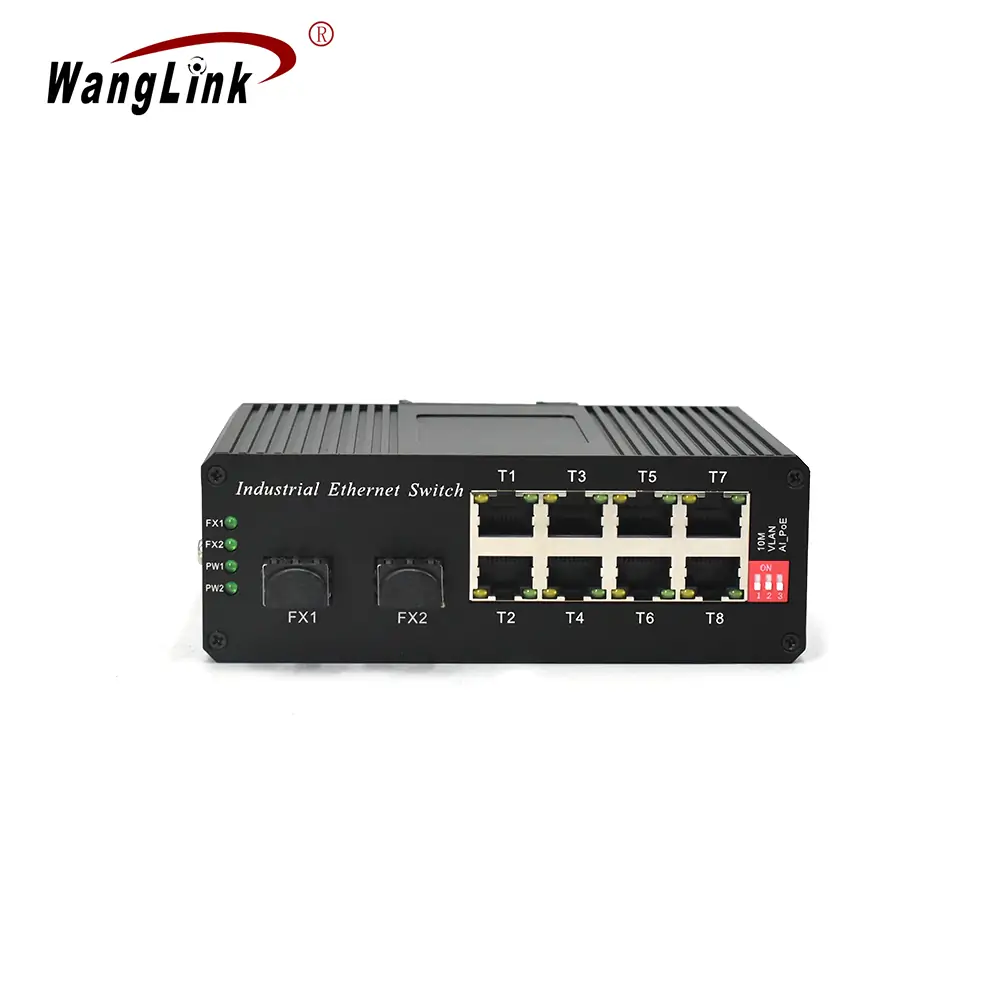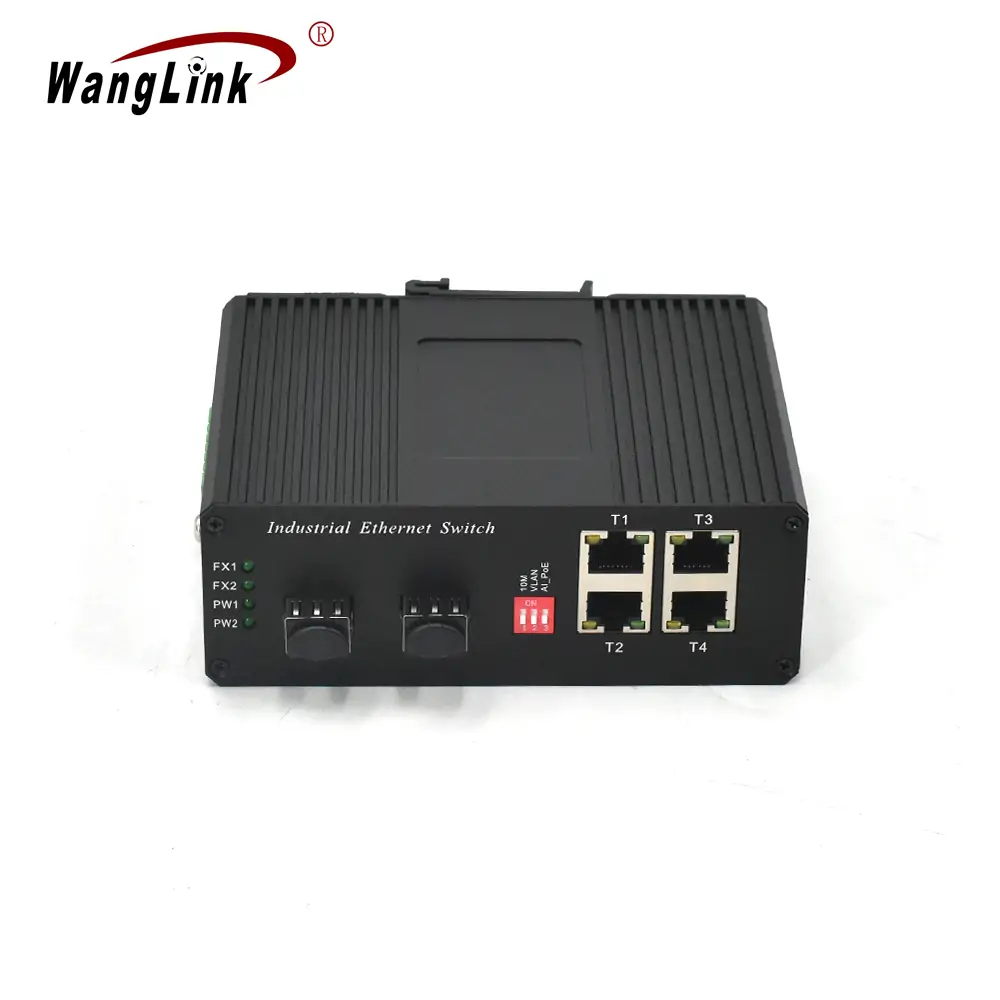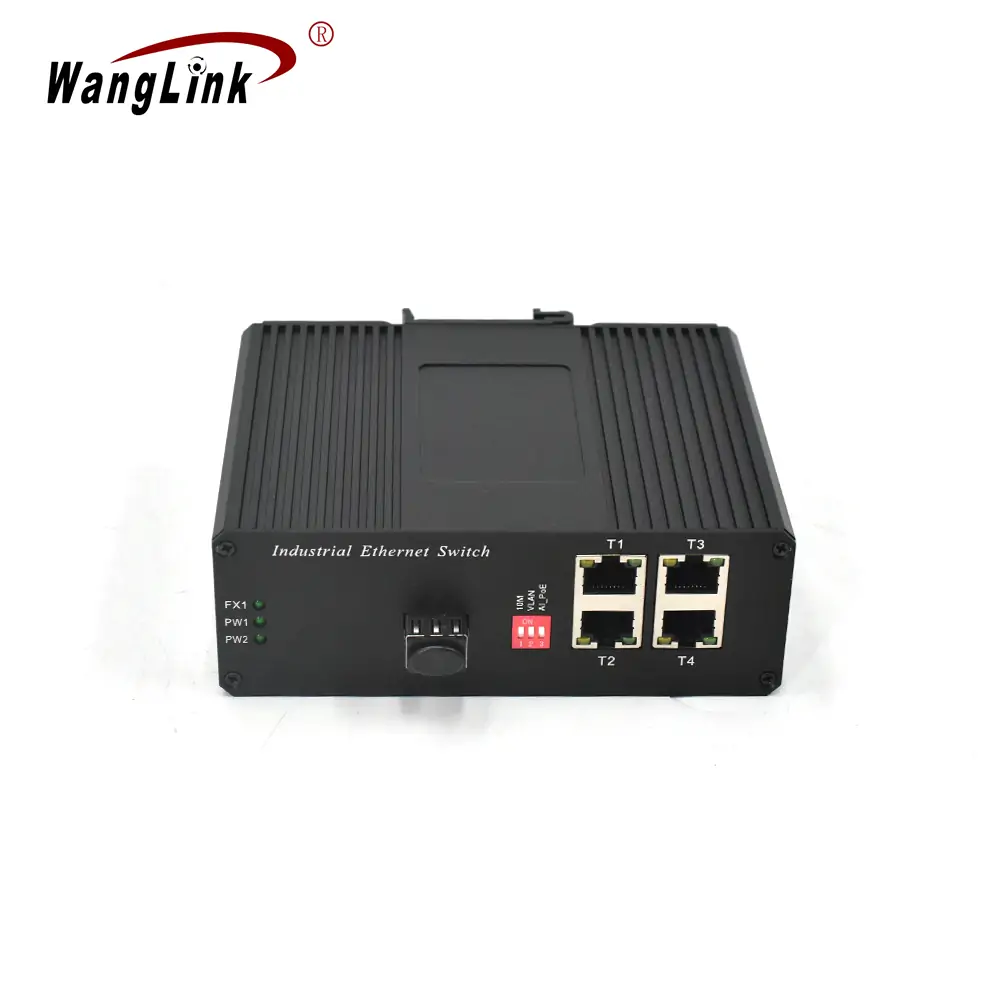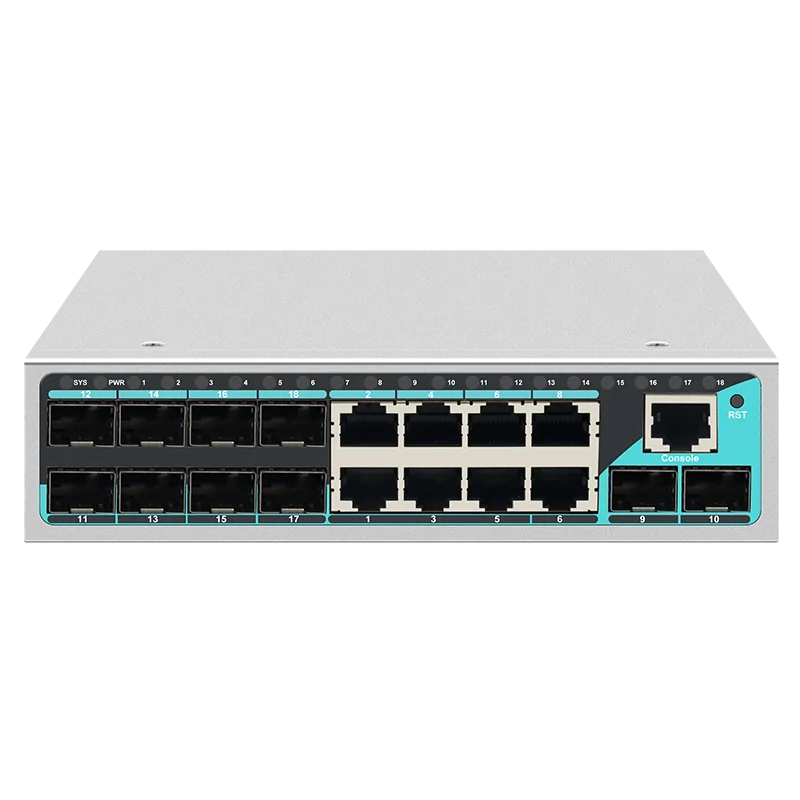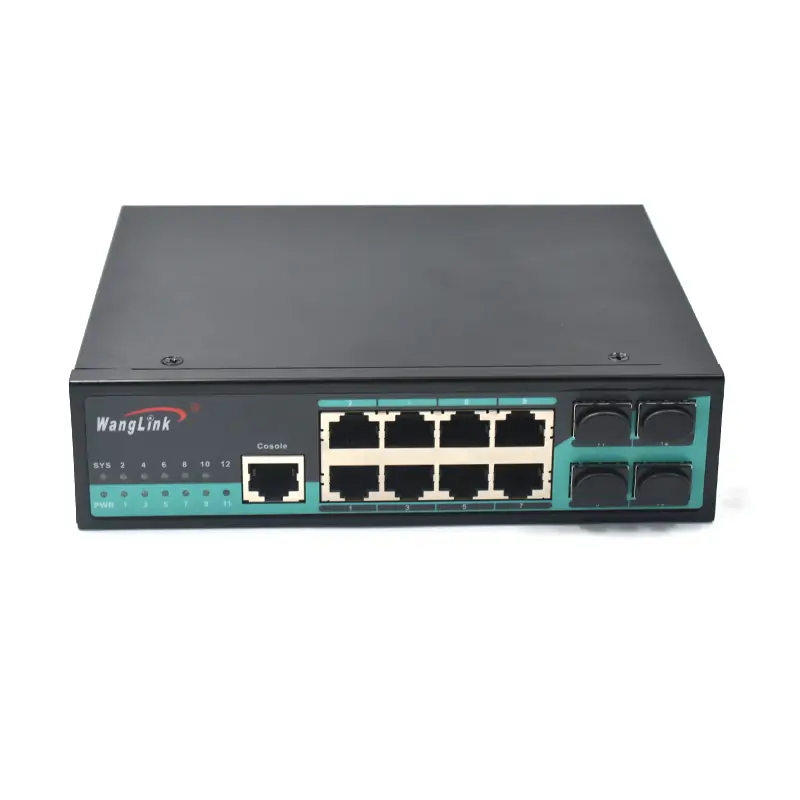Ethernet Access Switch: Complete Guide to Network Infrastructure Solutions in 2024
In today’s interconnected business environment, the ethernet access switch has become the backbone of network infrastructure. As organizations continue to expand their digital footprint, understanding the intricacies of ethernet switching technology is crucial for maintaining efficient, scalable, and secure network operations.

What is an Ethernet Access Switch?
An ethernet access switch is a fundamental networking device that connects multiple devices within a local area network (LAN). Unlike hubs, which operate at the physical layer, ethernet switches function at the data link layer (Layer 2) of the OSI model, providing intelligent packet forwarding based on MAC addresses.
Key Functions of Ethernet Access Switches
- Frame Forwarding: Switches learn and store MAC addresses in their forwarding table
- Collision Domain Separation: Each port creates its own collision domain
- Bandwidth Allocation: Full duplex communication provides dedicated bandwidth per port
- VLAN Support: Virtual LAN segmentation for improved security and traffic management
Types of Ethernet Access Switches
Understanding the different categories of ethernet access switches is essential for making the right choice for your network infrastructure.
Unmanaged Switches
Unmanaged switches offer plug-and-play functionality without configuration options:
- Advantages: Cost-effective, easy deployment, no maintenance required
- Disadvantages: Limited control, no monitoring capabilities, basic security features
- Best Use Cases: Small offices, home networks, simple connectivity needs
Managed Switches
Managed switches provide comprehensive control and monitoring capabilities:
- Layer 2 Managed Switches: VLAN support, QoS, port mirroring
- Layer 3 Managed Switches: Routing capabilities, advanced security features
- Smart/Web Managed: Simplified management interface with essential features
A detailed comparison chart displayed on a modern computer monitor showing different types of ethernet switches. The image has a 4:3 aspect ratio with a clean, professional design featuring white background and blue accent colors. The chart displays various switch models with their specifications, ports, and features in a well-organized table format. The monitor is positioned on a clean desk with subtle lighting highlighting the screen content.Essential Features to Consider
When selecting an ethernet access switch, several critical features should guide your decision-making process.
Port Configuration and Density
| Port Count | Typical Use Case | Power Consumption | Rack Space |
|---|---|---|---|
| 8-16 ports | Small offices, workgroups | Low (15-30W) | Desktop/1U |
| 24-48 ports | Medium enterprises | Medium (50-150W) | 1U-2U |
| 48+ ports | Large enterprises, data centers | High (200W+) | 2U+ |
Power over Ethernet (PoE) Capabilities
PoE functionality eliminates the need for separate power cables for connected devices:
- PoE (802.3af): Up to 15.4W per port
- PoE+ (802.3at): Up to 30W per port
- PoE++ (802.3bt): Up to 60W or 100W per port
Advanced Management Features
Modern ethernet access switches offer sophisticated management capabilities:
- SNMP Support: Network monitoring and management
- Quality of Service (QoS): Traffic prioritization and bandwidth control
- Security Features: Access control lists, port security, 802.1X authentication
- Link Aggregation: Increased bandwidth and redundancy through port bonding
Case Study: Enterprise Network Transformation
Company: TechCorp Manufacturing
Challenge: Outdated network infrastructure causing performance bottlenecks
Solution: Implementation of managed ethernet access switches with PoE+ support
Implementation Details
TechCorp replaced their aging hub-based network with a comprehensive ethernet switching solution:
- Primary Switches: ISG1602M Gigabit Industrial switches for core connectivity
- Access Layer: SG802M Layer 2 switches for end-user connections
- Specialized Applications: Reverse PoE switches for unique power requirements
Results Achieved
- Performance Improvement: 300% increase in network throughput
- Reduced Downtime: 95% reduction in network-related incidents
- Cost Savings: 40% reduction in power consumption through PoE implementation
- Scalability: Easy expansion capabilities for future growth
Selection Criteria for Ethernet Access Switches
Choosing the right ethernet access switch requires careful consideration of multiple factors. Here’s a comprehensive evaluation framework:
Technical Requirements Assessment
- Bandwidth Requirements
- Current traffic patterns
- Future growth projections
- Application-specific needs
- Port Requirements
- Number of connected devices
- Port speed requirements (Fast Ethernet vs. Gigabit)
- Uplink connectivity needs
- Environmental Considerations
- Operating temperature range
- Humidity tolerance
- Industrial vs. commercial grade requirements
Budget and ROI Analysis
When evaluating ethernet access switch options, consider the total cost of ownership:
- Initial Hardware Cost: Switch purchase price and accessories
- Installation Expenses: Professional deployment and configuration
- Ongoing Maintenance: Support contracts and replacement parts
- Energy Consumption: Power usage and cooling requirements
- Productivity Gains: Improved network performance benefits
A professional network diagram illustration showing the hierarchical structure of ethernet switches in an enterprise network. The image uses a 16:10 aspect ratio with a clean, technical drawing style featuring blue and gray color scheme. The diagram displays core switches at the top, distribution switches in the middle, and access switches at the bottom, all connected with clearly labeled ethernet links. Icons represent different types of connected devices including computers, servers, and wireless access points.Advanced Configuration and Management
Modern ethernet access switches offer sophisticated configuration options that enable network administrators to optimize performance and security.
VLAN Implementation Strategies
Virtual LANs provide network segmentation without physical separation:
- Port-based VLANs: Simple assignment of ports to specific VLANs
- Tagged VLANs (802.1Q): Multiple VLANs on a single physical connection
- Voice VLANs: Dedicated VLAN for VoIP traffic prioritization
Quality of Service (QoS) Configuration
QoS ensures critical applications receive adequate bandwidth:
- Traffic Classification: Identifying different types of network traffic
- Priority Queuing: Assigning priority levels to traffic classes
- Bandwidth Allocation: Guaranteeing minimum bandwidth for critical applications
- Traffic Shaping: Controlling the rate of data transmission
Security Implementation
Ethernet access switches provide multiple security layers:
- Port Security: MAC address filtering and learning limits
- Access Control Lists (ACLs): Traffic filtering based on various criteria
- 802.1X Authentication: Network access control based on user credentials
- DHCP Snooping: Protection against rogue DHCP servers
Industry-Specific Applications
Different industries have unique requirements for ethernet access switch deployment.
Healthcare Networks
Healthcare environments require specialized networking solutions:
- HIPAA Compliance: Secure patient data transmission
- Medical Device Connectivity: Reliable connections for critical equipment
- Redundancy Requirements: Failover capabilities for life-critical systems
Industrial Automation
Manufacturing and industrial environments demand rugged networking equipment:
- Extended Temperature Range: Operation in harsh environmental conditions
- Vibration Resistance: Durability in industrial settings
- Real-time Communication: Low-latency requirements for automation systems
Educational Institutions
Schools and universities have specific networking needs:
- High Density Deployments: Supporting numerous concurrent users
- Content Filtering: Network security and access control
- Budget Constraints: Cost-effective solutions with good performance
Troubleshooting Common Issues
Understanding common ethernet access switch problems helps maintain network reliability.
Performance Issues
- Bandwidth Bottlenecks
- Symptoms: Slow file transfers, application timeouts
- Solutions: Upgrade uplinks, implement link aggregation
- Broadcast Storms
- Symptoms: Network congestion, device timeouts
- Solutions: VLAN segmentation, spanning tree protocol configuration
Connectivity Problems
- Port Failures
- Symptoms: Intermittent connections, link flapping
- Solutions: Cable testing, port replacement
- Configuration Errors
- Symptoms: Devices unable to communicate
- Solutions: VLAN verification, routing table checks
Future Trends in Ethernet Switching
The ethernet switching industry continues to evolve with emerging technologies and changing business requirements.
Software-Defined Networking (SDN)
SDN transforms traditional networking approaches:
- Centralized Control: Network-wide policy management
- Programmable Infrastructure: Dynamic network configuration
- Improved Agility: Rapid deployment of network services
Multi-Gigabit Ethernet
Higher speed requirements drive new standards:
- 2.5GBASE-T and 5GBASE-T: Intermediate speeds for wireless access points
- 10GBASE-T: Affordable 10 Gigabit connectivity
- 25G and 40G: Data center and backbone applications
Cloud Integration
Cloud-managed switches offer new deployment models:
- Remote Management: Centralized control of distributed networks
- Automatic Updates: Simplified maintenance and security patching
- Analytics and Monitoring: Advanced network visibility and troubleshooting
Choosing the Right Manufacturer
Selecting a reliable ethernet switch manufacturer is crucial for long-term network success. When evaluating potential suppliers, consider these key factors:
Manufacturing Expertise and Experience
Wanglink, with over 13 years of manufacturing experience, exemplifies the importance of choosing an established manufacturer. Key considerations include:
- Production Capacity: Ability to meet volume requirements
- Quality Control: ISO certifications and testing procedures
- R&D Capabilities: Innovation and product development resources
- Supply Chain Management: Reliable component sourcing and inventory management
Customization and OEM Services
Many organizations require customized networking solutions. Look for manufacturers offering:
- Hardware Customization: Modified port configurations and form factors
- Firmware Development: Custom features and functionality
- Branding Services: Private label and OEM packaging options
- Technical Support: Engineering assistance and documentation
For organizations requiring customized solutions, working with a manufacturer that offers comprehensive OEM and ODM services can provide significant advantages in terms of cost, time-to-market, and product differentiation.
Frequently Asked Questions
What is the difference between an ethernet access switch and a core switch?
An ethernet access switch typically connects end-user devices and operates at the network edge, while core switches handle high-volume traffic between different network segments. Access switches usually have lower port counts (8-48 ports) and focus on user connectivity, whereas core switches emphasize high throughput and redundancy.
How do I determine the right number of ports for my ethernet access switch?
Calculate your current device count and add 20-30% for future growth. Consider the physical layout of your network and the maximum cable run distances. For guidance on switch selection, refer to our comprehensive guide on how to choose the right switch as a network engineer.
What’s the difference between Layer 2 and Layer 3 ethernet switches?
Layer 2 switches operate at the data link layer and forward traffic based on MAC addresses within the same network segment. Layer 3 switches add routing capabilities, allowing communication between different network segments. For detailed information, see our article on differences between Layer 2 and Layer 3 switches.
Do I need PoE capability in my ethernet access switch?
PoE is beneficial if you plan to connect devices like IP phones, wireless access points, or security cameras that can receive power through the ethernet cable. This eliminates the need for separate power adapters and simplifies installation. Consider PoE+ or PoE++ for higher-power devices.
How important is managed vs. unmanaged switch selection?
Managed switches provide configuration control, monitoring capabilities, and advanced features like VLANs and QoS. They’re essential for business networks requiring security, performance optimization, and troubleshooting capabilities. Unmanaged switches are suitable for simple connectivity needs without configuration requirements.
What should I consider for industrial ethernet access switch applications?
Industrial environments require switches with extended temperature ranges, vibration resistance, and robust construction. Look for switches rated for industrial conditions, with features like redundant power supplies and DIN rail mounting options. Our industrial switch series is specifically designed for harsh environments.
Conclusion
Selecting the right ethernet access switch is fundamental to building a robust, scalable network infrastructure. By understanding the various types, features, and applications of ethernet switches, network administrators can make informed decisions that support their organization’s current needs while providing room for future growth.
Whether you’re deploying a simple office network or a complex enterprise infrastructure, the key is to carefully assess your requirements, consider future expansion plans, and choose reliable equipment from experienced manufacturers. With proper planning and implementation, ethernet access switches will provide the foundation for efficient, secure, and high-performance networking for years to come.
For more information about ethernet switching solutions and to explore our comprehensive range of networking products, visit our website or contact our technical team at [email protected] or WhatsApp: +8613544167258.
Explore more networking insights and technical guides in our knowledge base for the latest industry trends and best practices.
